CHOSEI ZEN BLOG

Ode to our Japanese Bath
Seemingly a roughly constructed place for bathing, its impact goes far beyond that — It embodies how the things we build reinforce how we teach.
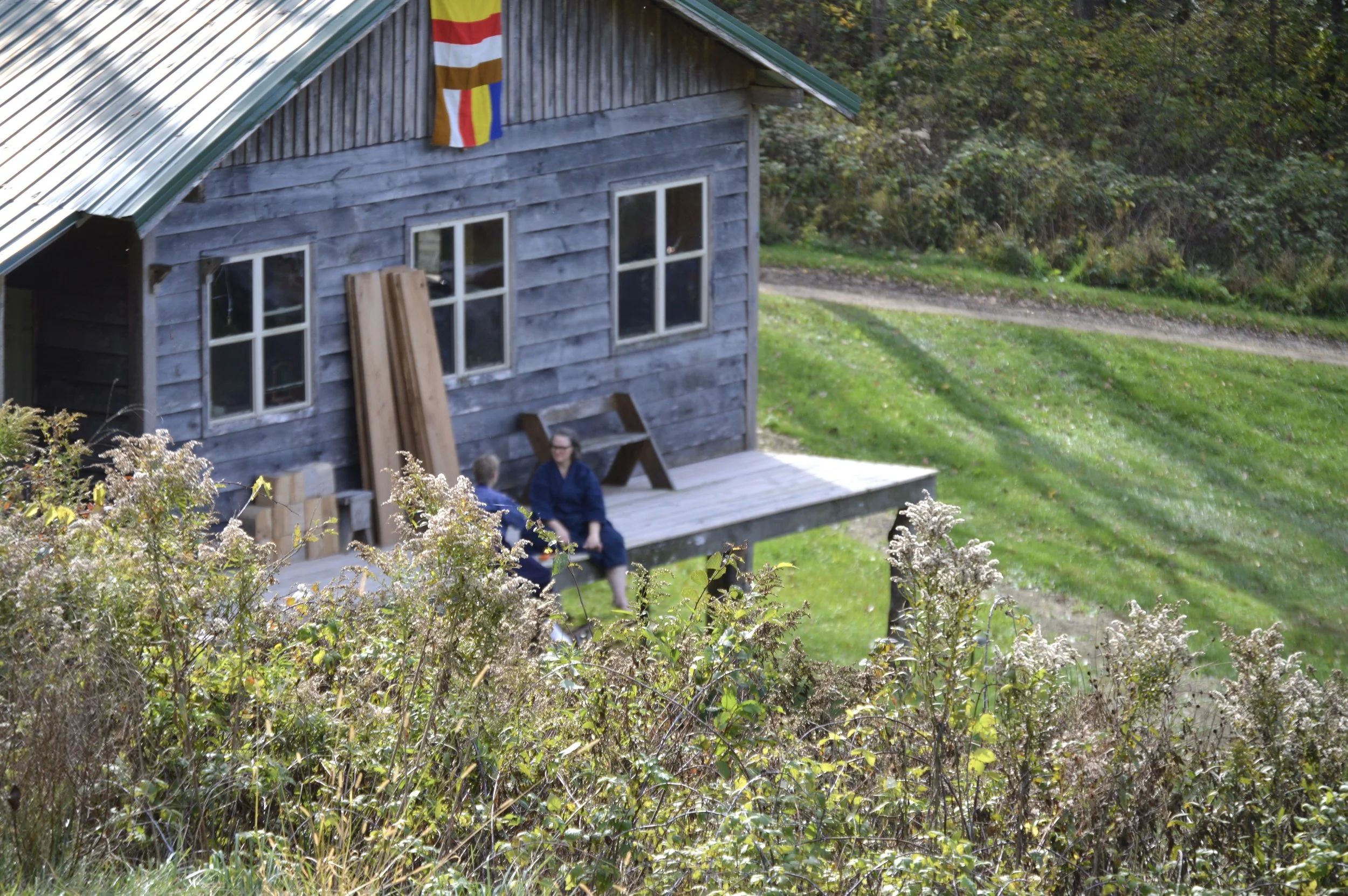
Addendum to “Islands of Coherence in a Sea of Chaos”
Whether you realize it or not, coherence is a natural result of our practices, both within our individual body-mind systems, and collectively as a community.

Cooking Sesshin: A Look Behind the Stove
What sustains training isn’t just the teachings, or the schedule, or even the ability to sit for long periods of time. It’s the way we show up, again and again, not just for ourselves and our community, but for the world.

Sharpening the Axe: On Zen Training and Support
At Chosei Zen, whether in-person at Daikozen-ji or online around the world, we are engaged in a kind of sharpening.

No Easy Answers
Being jiki, or stepping into any role, invites a deeper experience of our life together as practitioners. Even online, the “I” questions begin to dissolve.

Roots that Sustain
I have two ways to describe the roots of Chosei Zen: “a relentless pursuit of excellence,” and “our community of support.”

Zen: The Calm in the Storm
Fear, anger, despair, hopelessness, helplessness: These feelings make us want to hide, to run away, and to protect ourselves from the pain we see around us. This, however, we have learned, is a downward spiral into depression and sickness. So, how do we get out?

“They” Don’t Make Granola
The daily functioning of a dojo happens through the action of individuals. Someone takes out the trash. Someone opens the zoom room. Someone makes granola. There is no “they”.

Selfless Service
Genuine service, or selfless service in whatever form, is never a choice.

Pilgrimage As Practice
A pilgrim chooses to leave home in order learn something, or find an answer, to grow, or to heal. The pilgrim leaves, to be able to return, transformed.

Facing Uncertainty
We need to train to see through the noise. To find our own center and our own way. To not completely unravel or disengage. But, how do we stay engaged?
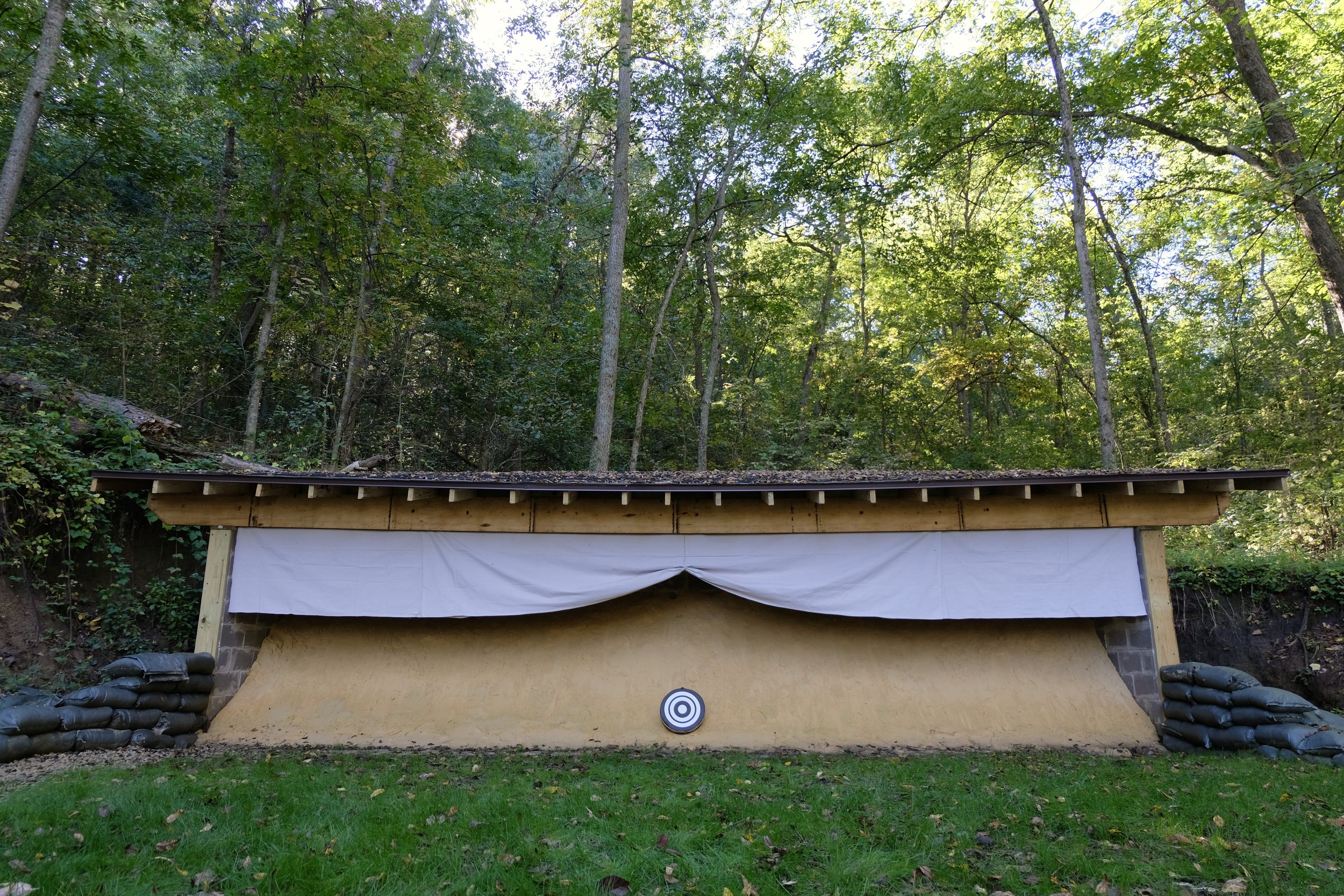
The Evolving Spring Green Kyudojo
We are pleased to announce the completion of the Kyudo Matoba, or 'Target House,' at the Spring Green Dojo.

Out Of Our Heads - Into Our Bones
Zen training is 24/7, and it involves discovering any opportunities to get out of our heads and take our training more deeply into our bones.
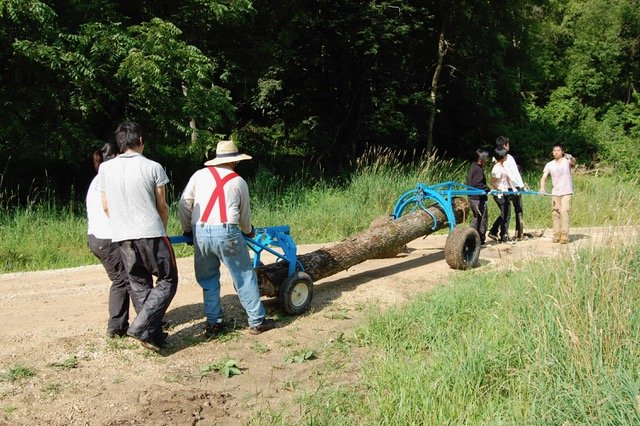
The World Inside My Skin
The topic at hand is the physical training we do in Chosei Zen. But I would turn that into a question: How do you develop a refined sense of all that lives inside your skin?

Transformation Through Shugyo
Now instead of performing kata to the point of exhaustion, we blow one note each with one breath to the same extreme… Tanouye Rotashi said “to practice so that one note puts someone into samadhi”
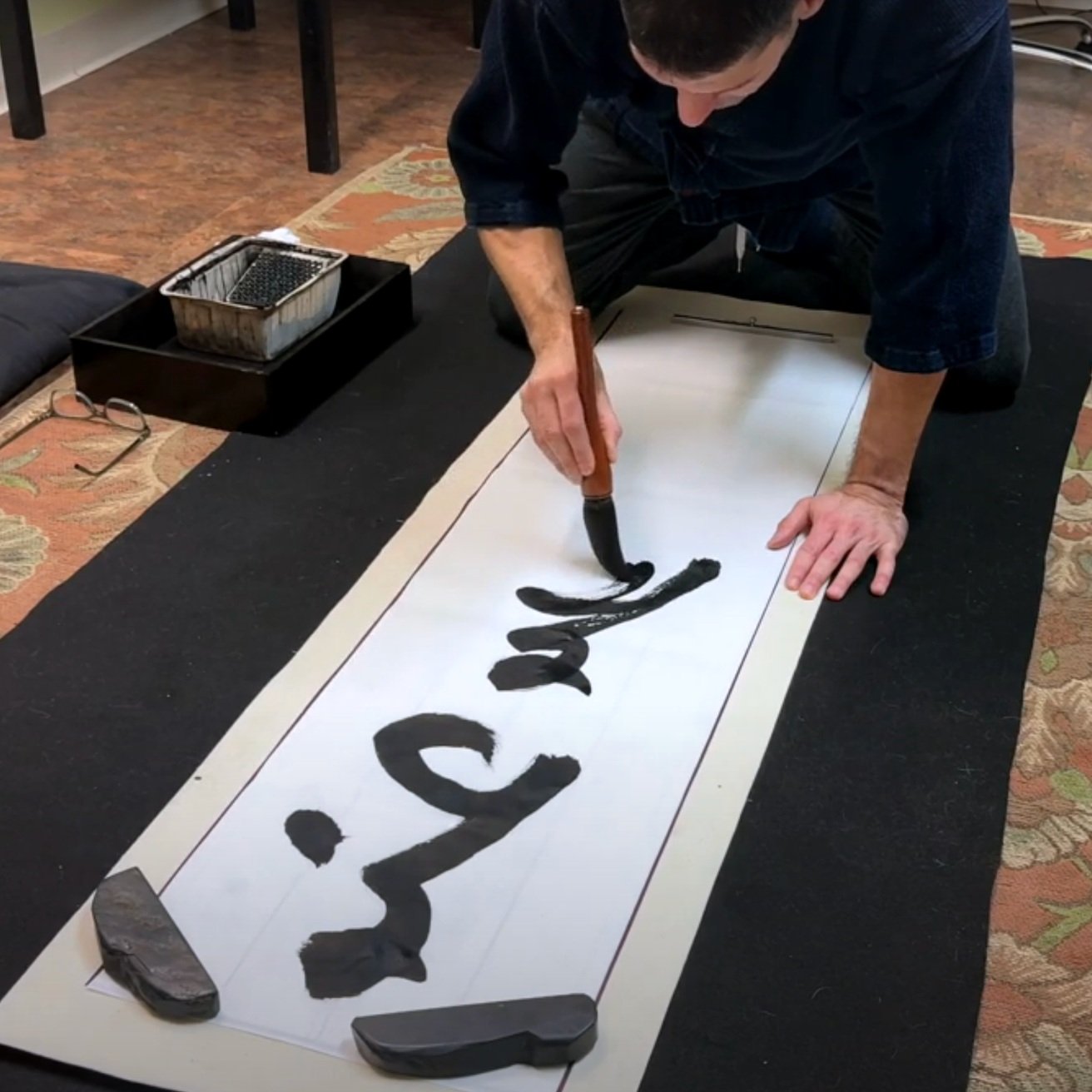
Three-Sided Mountain of Zen Training
In this video, Esteban Martinez Sensei talks about "How We Train" in Zen using meditation, physical training, and fine arts.
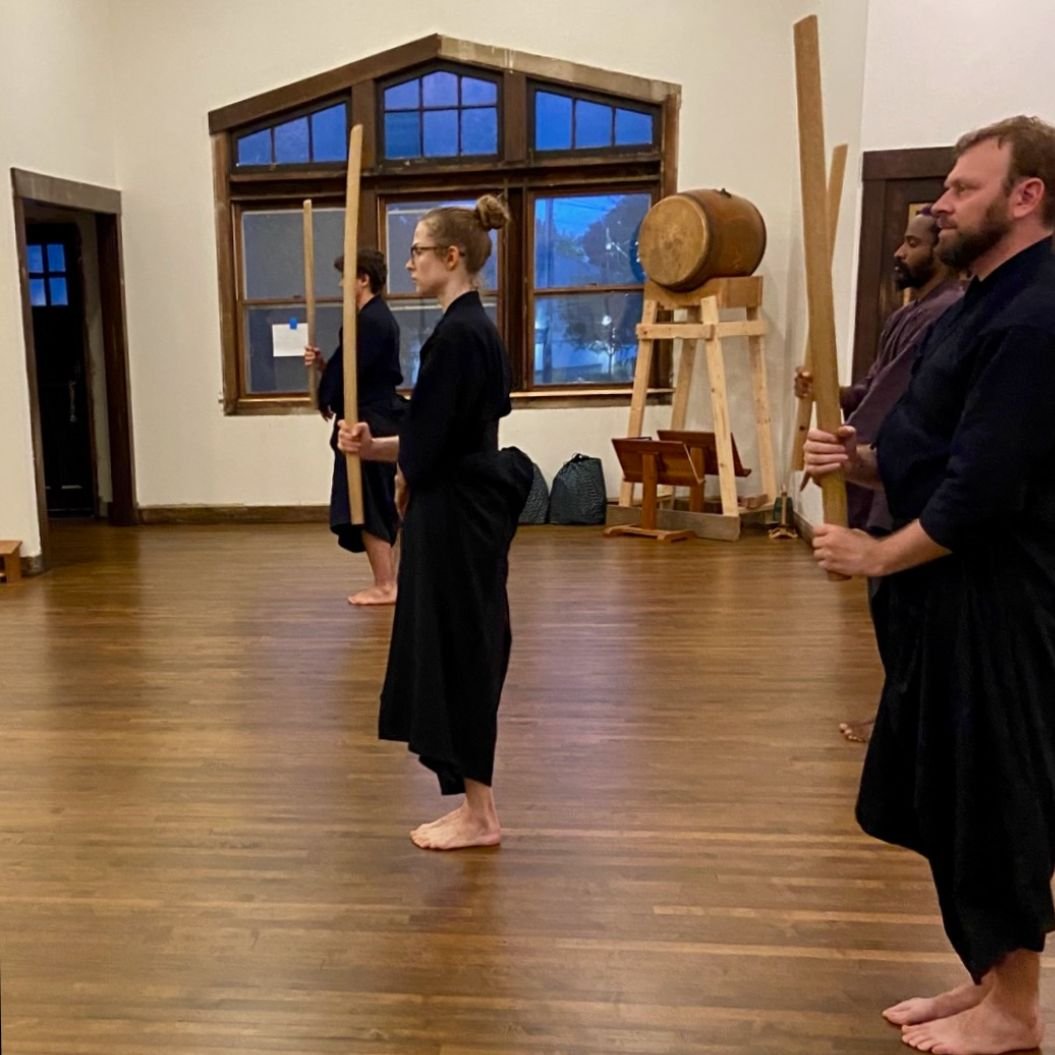
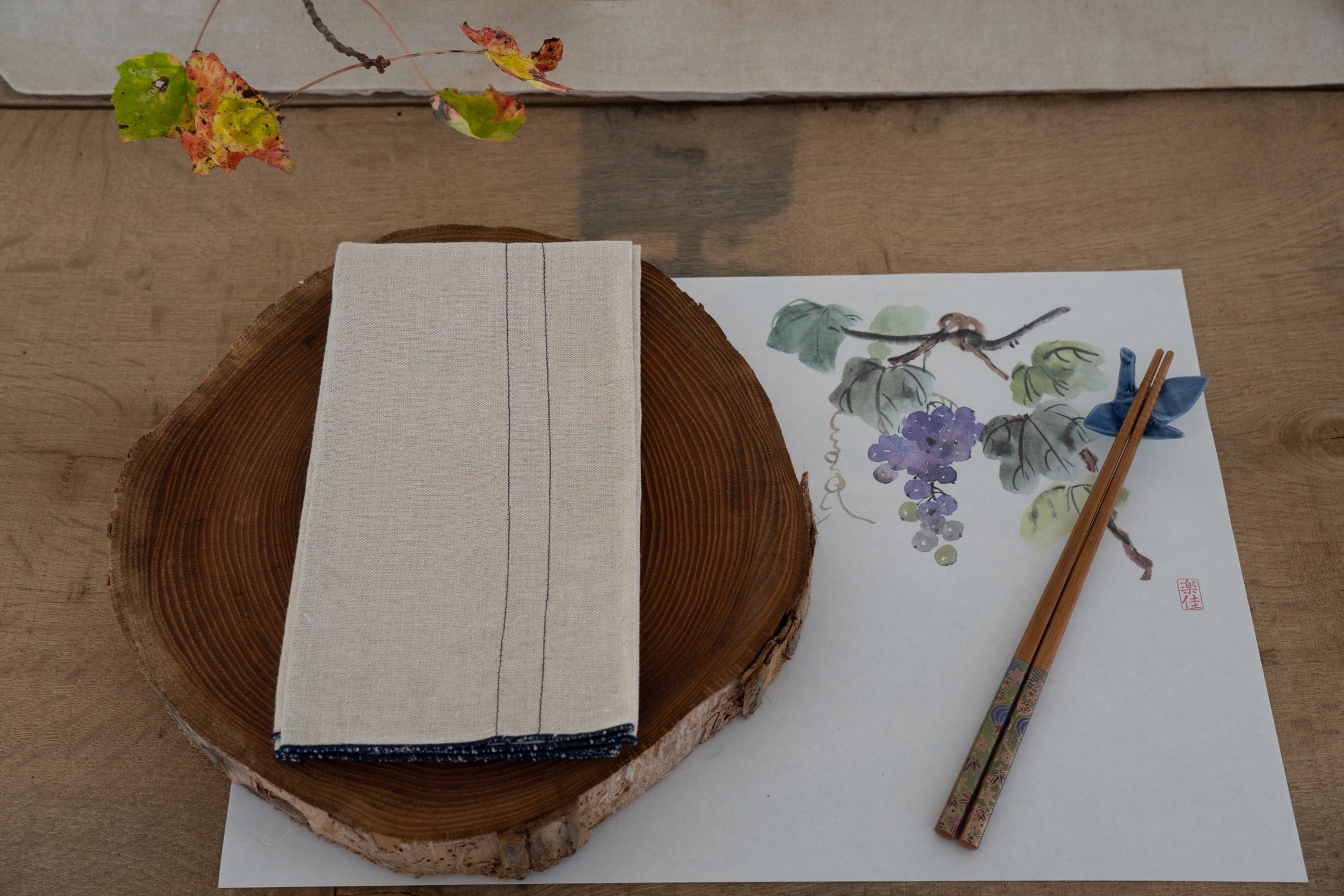
Feast Of The Senses
Relationships that were heard, food that was felt, and music that was alchemy.

Why is Mushin (No-Mind) Important?
One of the lesser known laws of the universe (like gravity) is that the state of no-mind can be transferred to others. We call it “transferring samadhi” but also talk in more serious terms about “giving fearlessness.”

How Can We Practice Mushin (No-Mind)?
I’m highlighting another type of tool besides your breath and posture – it gets described as “concentration,” “awareness,” or “our senses.” Usually, we give far less instruction in this area than about breath and posture, letting people discover for themselves, which can take years.
